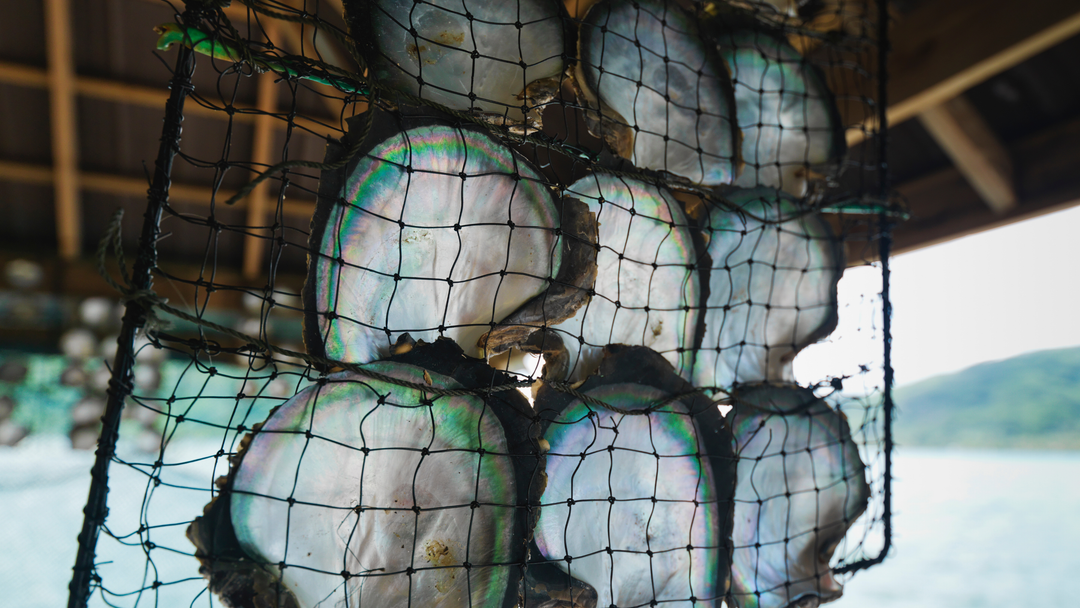5 Key Tips for Buying Pearls: A Guide to Smart Pearl Shopping
Hi, I'm Matt Harris, a pearl specialist, and a pearl jewelry designer. Over the years, I've had the pleasure of designing jewelry for celebrities like Britney Spears and Victoria's Secret models. But what truly excites me is teaching people about pearls, helping them fall in love with these gems, and guiding them to become smart pearl buyers. Today, I'll share my top five tips you need to know before purchasing pearls. Let's dive in!
1. Distinguishing Real Pearls from Fake
One of the first things you need to know is how to tell real pearls from fake ones. A simple method is the tooth test. Rub a pearl gently against the bottom of your tooth. If it feels gritty like sandpaper, it's likely a real pearl. Fake pearls, on the other hand, tend to feel smooth. If you're not keen on putting pearls in your mouth, you can rub them against each other for a similar sensation.
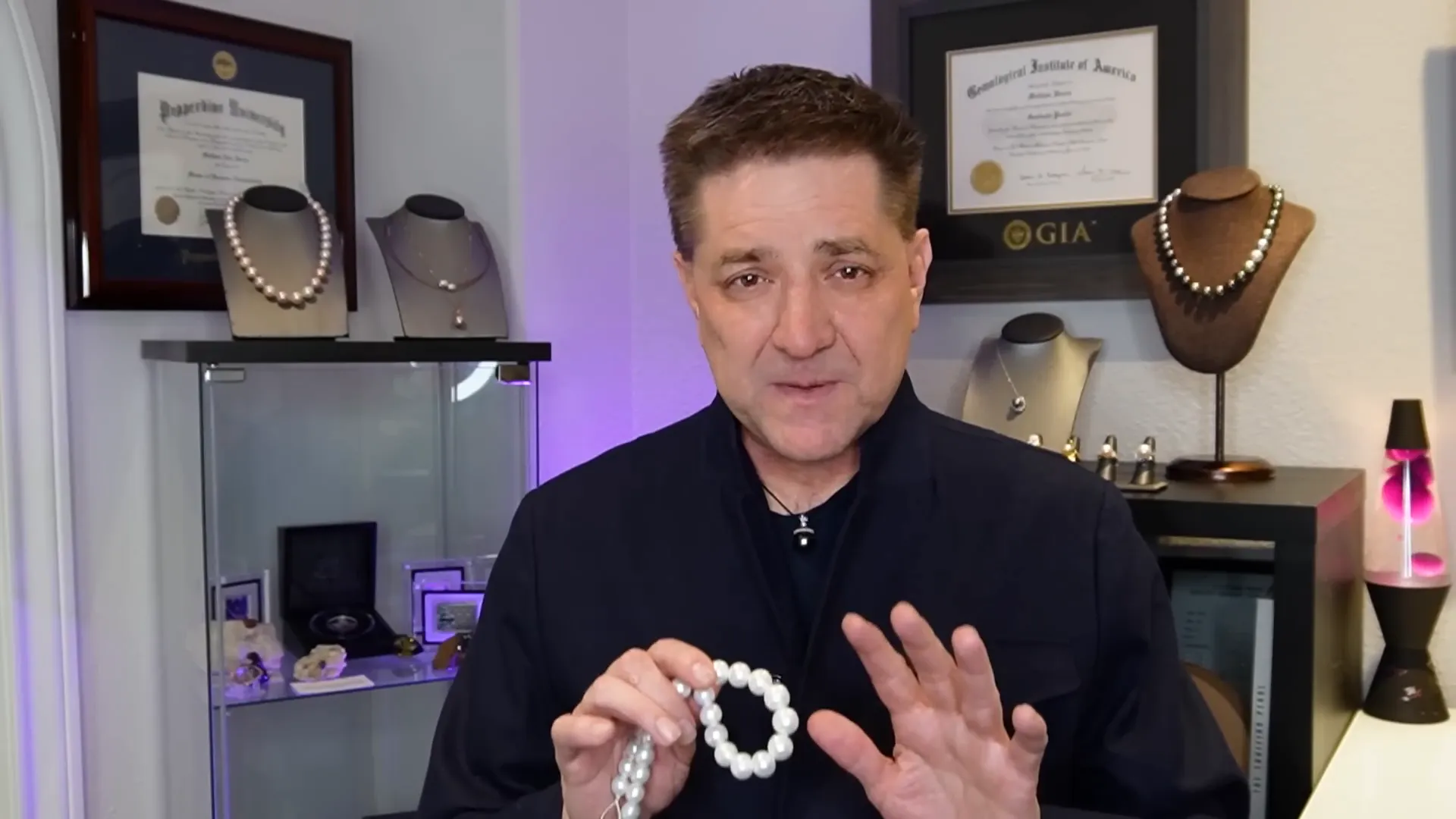
Understanding this distinction is vital because you shouldn't be paying the same price for fake pearls as you would for genuine ones.
2. Understanding Freshwater vs. Saltwater Pearls
Not all pearls come from oysters. In fact, the majority of pearls are produced by freshwater mussels. Both oysters and mussels belong to the mollusk family, but their habitats and pearl production methods differ significantly.
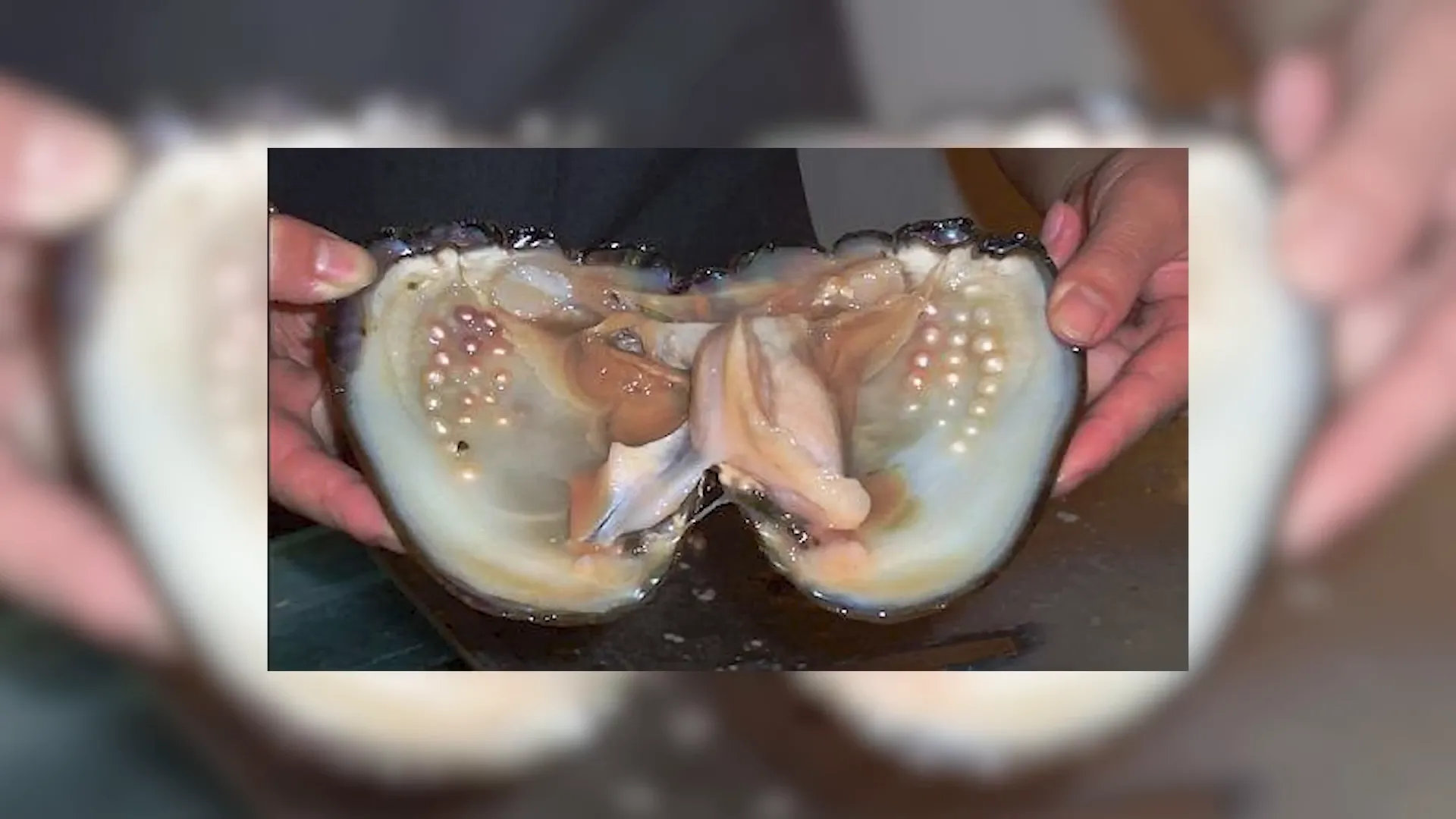
Freshwater pearls come from mussels living in lakes, ponds, or streams. These mussels can produce multiple pearls at once and can continue producing pearls throughout their lifetime. China is the largest producer of freshwater pearls. Saltwater pearls, however, come from marine oysters and typically produce only one pearl at a time. The rarity and production methods make saltwater pearls more expensive than their freshwater counterparts.
3. The Importance of Clasps
When considering a pearl strand, remember that the clasp can sometimes cost more than the pearls themselves. While gold clasps are beautiful, silver clasps can provide the same elegance at a fraction of the price.
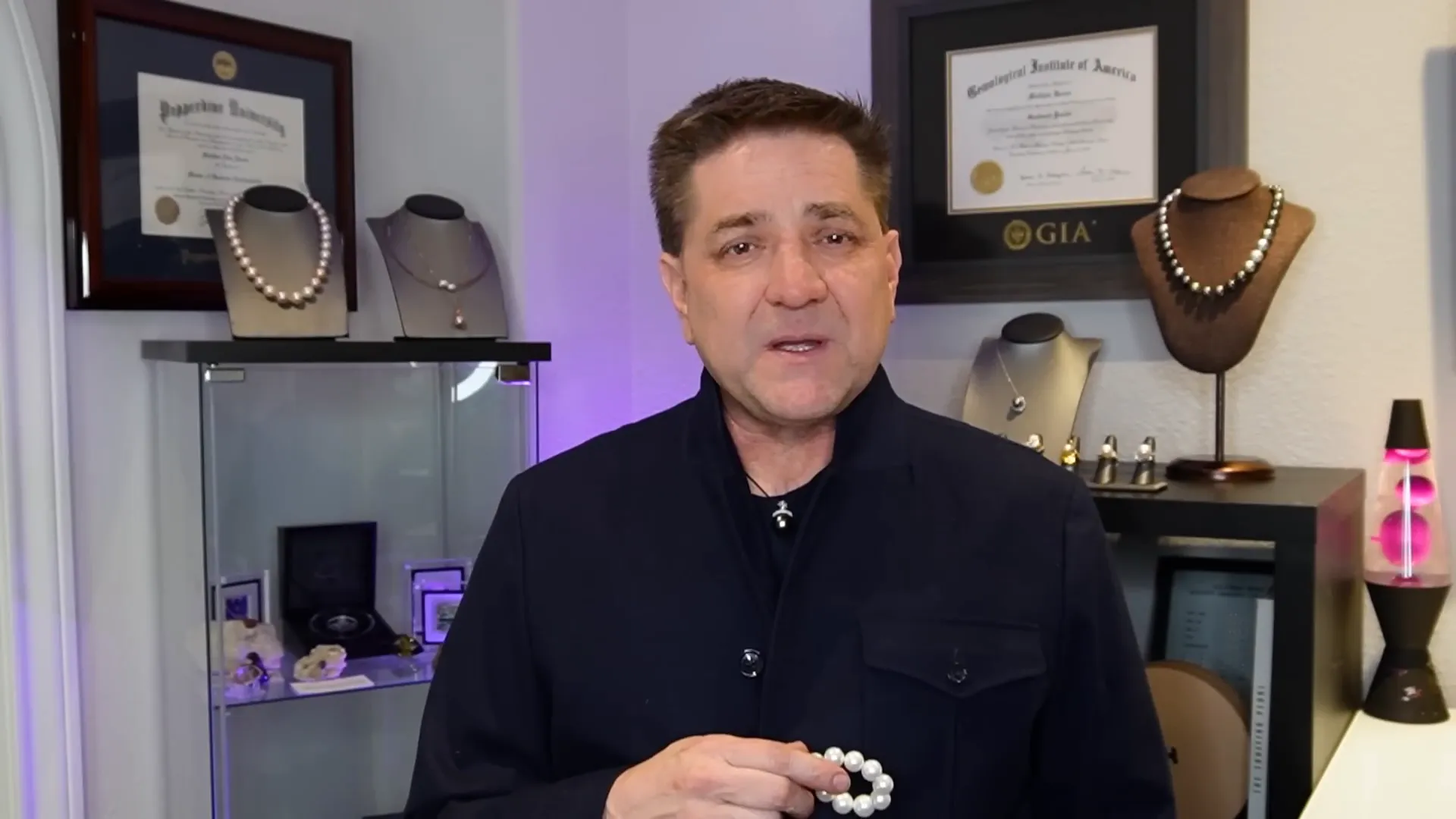
For instance, a rose gold plated silver clasp with cubic zirconia can add an incredible sparkle without breaking the bank. If budget is a concern, focus on investing in the pearls rather than an expensive clasp.
4. Beauty Comes at a Price
The prettier the pearl, the higher the cost. The most expensive pearls are typically saltwater pearls that are large, perfectly round, and blemish-free. However, you can still find beautiful freshwater pearls that fit your budget.
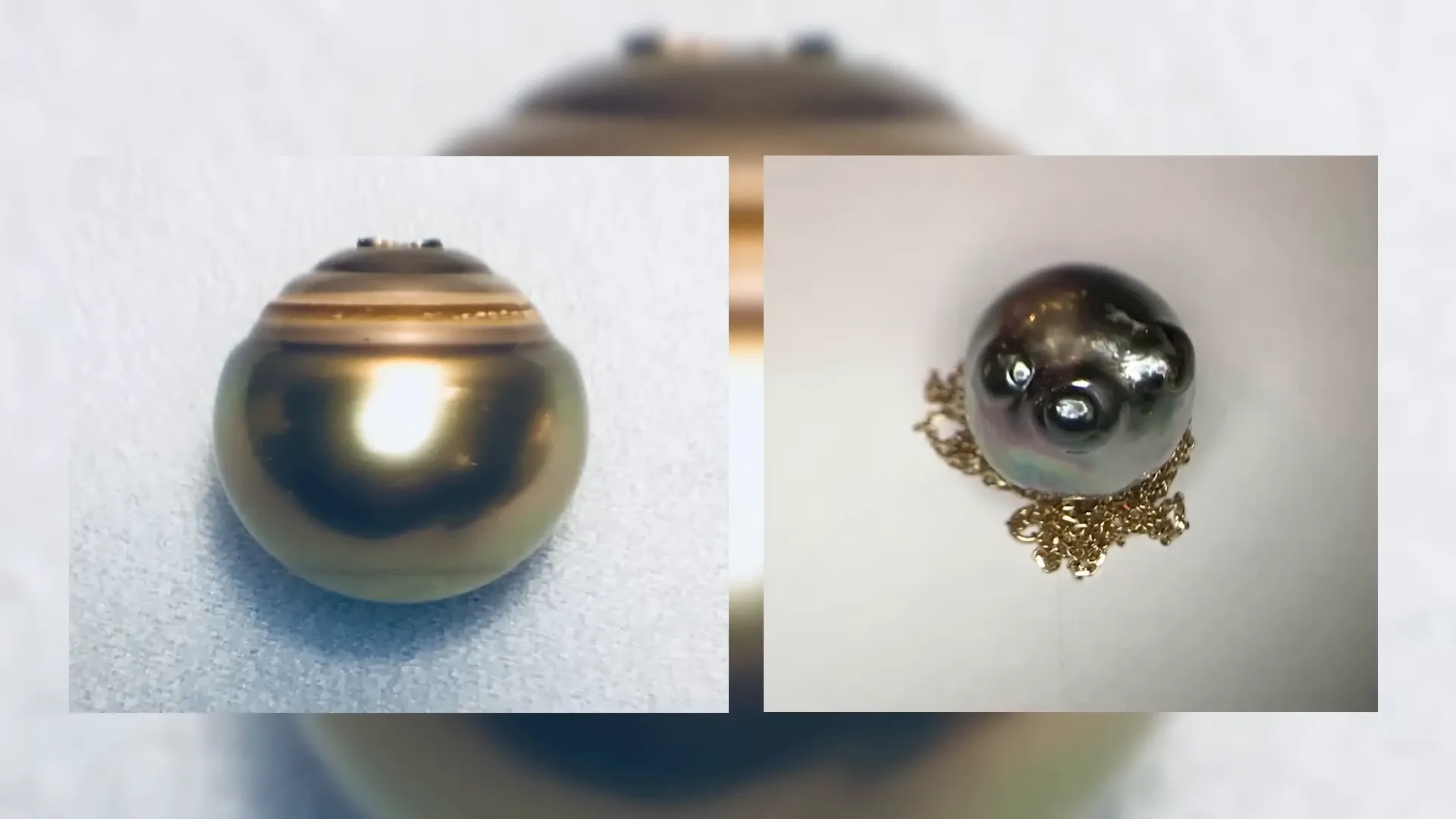
Start with the look you want, set a budget, and explore your options. Remember, beauty is subjective, and even pearls with unique shapes or colors can be stunning and full of personality.
5. Embrace Variety and Have Fun
Pearls are versatile and come in various shapes and styles. While classic round strands are timeless, consider exploring other options. A single pearl on a dainty chain or a funky-shaped pearl can add a touch of fun and personality to your collection.
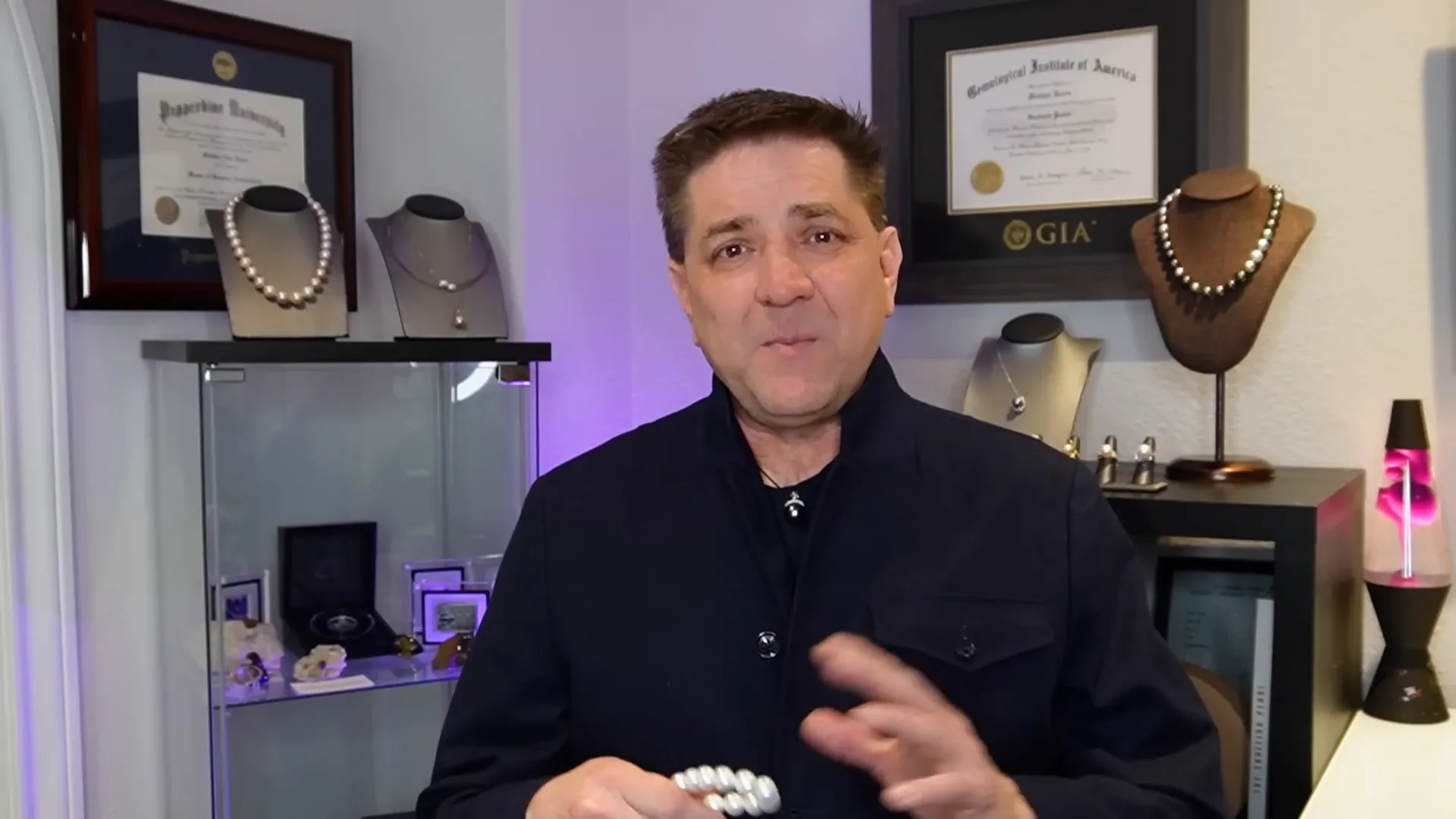
Don't limit yourself to traditional styles. Expand your view, experiment with different designs, and most importantly, have fun with your pearl jewelry.
In conclusion, I hope these tips provide you with the confidence to make informed decisions when purchasing pearls. Feel free to reach out with any questions in the comments or via Instagram DM. Don't forget to subscribe and share this guide with others. Let's spread the love for pearls!
To see the video version of this blog pot and to learn more about pearls, pearl fashion and pearl history, visit Matt Harris Pearls YouTube Channel. ![]()




